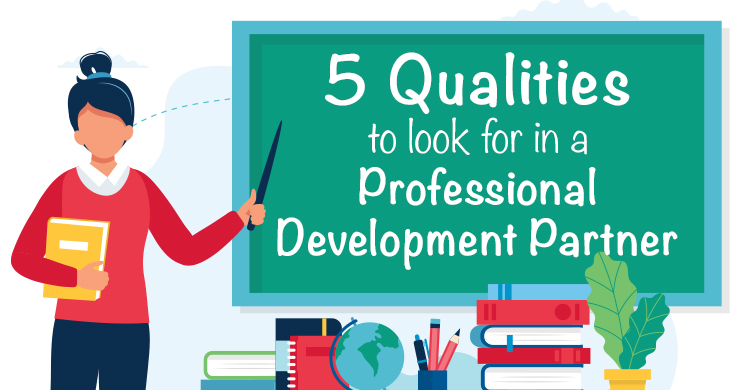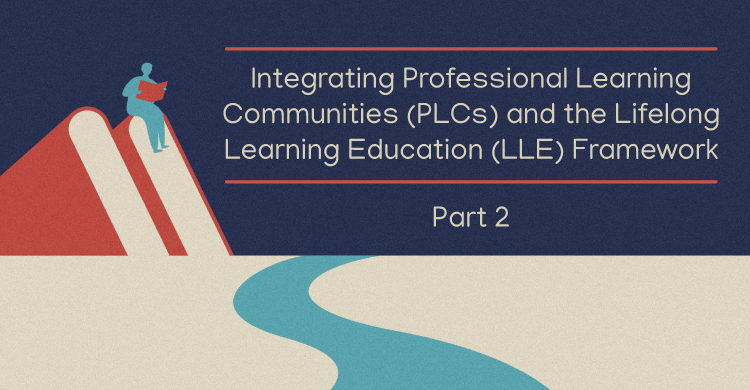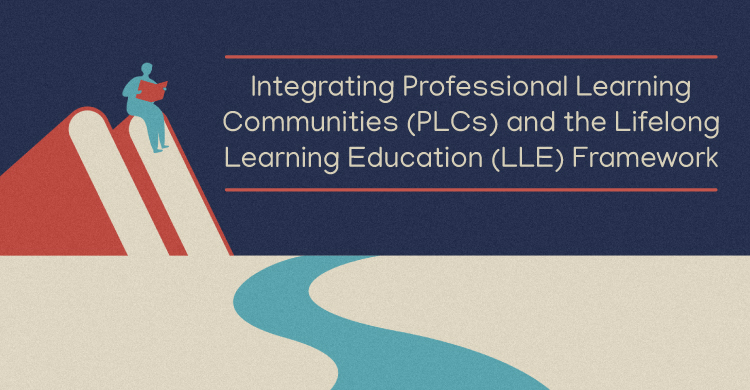Technology and the tools that connect have given us opportunities to learn and communicate with unprecedented speed. The result? We live in a headline-driven world with 24/7 news cycles hitting our brains incessantly—and a seemingly endless supply of new tools to do our most basic work. While those who sell or profit from these tools continue to keep the focus on technology, it’s clear that perhaps we need to reframe our thinking a bit. It isn’t about the tools. It’s about the innovators who use the tools. These tools new tools and the innovators of today make me quite optimistic about the future of K-12 education. Here’s why:
Thomas Friedman (2005) and a myriad of other scholars have pointed out that technology is a flattening force that changes the world. In the ten years since that paradigm shifting publication, The World is Flat, many practitioners today are now correctly seeing technology for what it is. Technology and its power to connect is not a destination in and of itself. It is an accelerator towards the destination of innovation and it allows the most powerful force in schools (the people who work in them) to have access to solutions that simply weren’t available before.
Four Key Challenges and the Optimism of Today: Below find four key challenges in K-12 education today and the unprecedented optimism we should feel in relationship to those challenges thanks to technology, the ability to connect, and the innovation that can follow due to the human capacity to solve problems when working together.
Challenge 1: Higher Expectation (Marzano, 2010): Today, we have higher expectations than ever. An international economy expects more from us and technology has increased the technical acumen of every aspect of our lives; requiring advanced capacity to learn and problem solve just to negotiate a basic human existence.
Optimistic Solution: Today, virtually any challenge we face in the classroom or in any other aspect of our lives can be investigated and advice can be sought from an unlimited number of asynchronous virtual partners from all over the world. A relatively simple innovation like the Kahn Academy brings math students and math educators alike access to tools that allow us to teach math in ways that simply wouldn’t have been possible before. In this case, higher expectations are met with countless solution opportunities that can more than meet the challenge.
Challenge 2: Unprecedented Funding Challenges (Baker, Sciarra, & Farrie, 2012): Today, in North America there are certainly a number of funding challenges for K-12 schools. Those challenges aren’t going to go away and have made all matters of funding a high quality education more difficult.
Optimistic Solution: We have access to more free (or nearly free) solutions than any other time in human history. Even rather ubiquitous solutions today like Skype and other services that would allow us to connect with one another in real time from all over the world would have resulted in a great deal of expense to past generations. In this era, we offer these solutions for free and seek monetization in other ways. This is great news for K-12 education in that we can connect with one another and find solutions to our most difficult challenges simply by getting busy and dedicating ourselves to the task at hand.
Challenge 3: Increased Needs for Training & Lower Budgets (Darling, Hammond, & Post, 2008): As jobs become increasingly technical it’s clear that the need for training and continuous renewal of job-related skills will be part of any professional career path moving forward– especially so in education.
Optimistic Solution: While we have an increased need for training and less time than ever to pursue it, we also have the ability today to asynchronously learn almost anything we want and reinforce that learning with whatever supports we would like thanks to the connectivity and universal ubiquitous presence of technology (Bonk, 2009).
Challenge 4: Heightened Expectations and No Additional Time to Complete the Job: Despite our innovations there are still only 24 hours in the day. On top of that there are more things to manage and more objectives to simultaneously remain observant of. Once again, this is a professional reality that’s true in education and other careers as well.
Optimistic Solution: Thanks to technology, many of the time challenges we have faced in the past can be resolved with asynchronous connections. Time is irrelevant (Bonk, 2009). Teacher teams all over the world who might have had a difficult time meeting within a Professional Learning Community in the past are connecting in virtual teams thanks to virtual, asynchronous learning spaces allowing them to connect.
Clearly, the challenges facing K-12 education will continue to mount and technology doesn’t promise easy solutions. It does, however, give us optimism that the human capacity to innovate can and should be ignited by the power to connect and as we learn to use technology more effectively we can meet and exceed our own expectations and maximize our capacities to support the students we serve.
References:
Baker, B., Sciarra D., & Farrie, D. (2012). Is school funding fair? A national report card. Newark: NJ: Education Law Center.
Bonk, C.J. (2009). The world is open: How web technology is revolutionizing education. San Francisco, CA: Jossey-Bass.
Darling-Hammond, L. & Post, L. (2000). Inequality in teaching and schools. The Century Foundation / Twentieth Century Fund, Inc.
Friedman, T. (2005). The world is flat: A brief history of the twenty-first century. New York, NY: Farrar, Straus and Giroux.
Marzano, R. J. (Ed.). (2010). On excellence in teaching. Bloomington, IN: Solution Tree Press.
[author_bio id=”67″]






